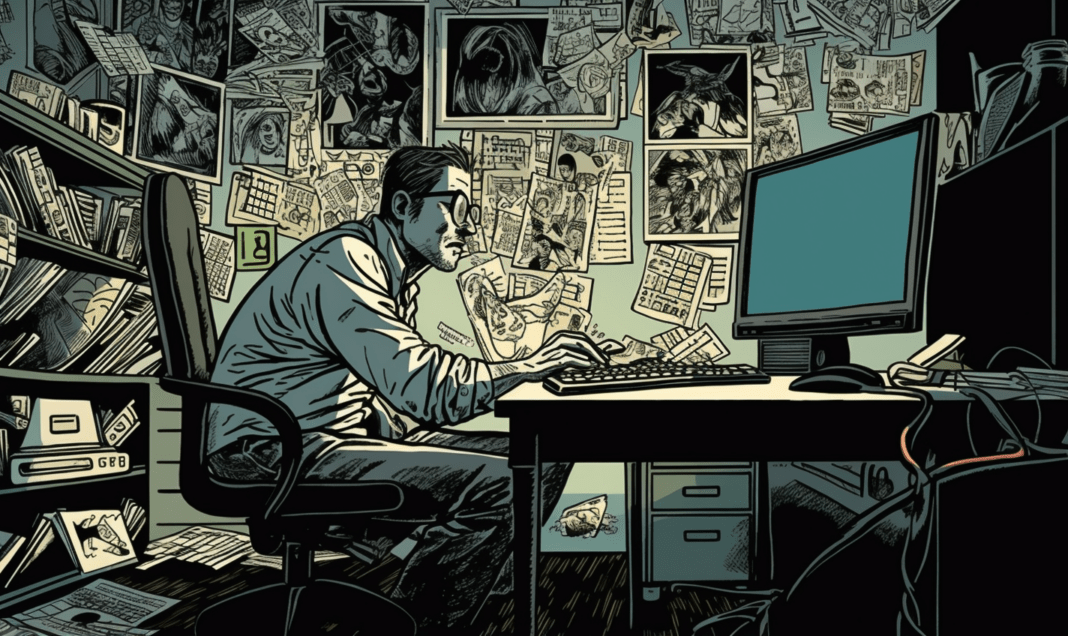In a seismic report that has sent shockwaves through the advertising industry, AI adtech juggernaut Cognitiv has lifted the lid on the staggeringly high cost of bid shading, a concept that has long eluded the comprehension of media buyers. According to the findings of this trailblazing study, the annual hemorrhage of funds attributed to bid shading now stands at a jaw-dropping $6.6 billion, sparking outrage and alarm across the advertising landscape.
The Revelation:
Bid shading, a practice designed to offer programmatic advertising buyers an alternative to first-price auctions, has been masquerading as an ally to media buyers, promising optimization and cost-effectiveness. However, this groundbreaking study reveals a disturbingly different reality. Cognitiv’s research lays bare that an astounding 70% of media buyers are unwittingly paying an additional fee for bid shading, a dubious optimization practice that skews the advertising ecosystem, ultimately benefiting publishers while squandering billions in the process.
In an industry plagued by labyrinthine supply chains and pervasive waste, this report brings to light the necessity for advertisers to assertively pressure agencies and adtech partners to remain vigilant in cost management. Bid shading, proffered as a solution to counteract the publisher-favored tilt of first-price auctions, is unveiled as a convoluted enigma that leaves media buyers baffled and bewildered.
Perception vs. Reality: The Bid Shading Mirage
The report casts a spotlight on the pervasive lack of consensus surrounding the elusive bid shading phenomenon. Survey participants were asked to define bid shading, yielding a bewildering array of responses:
- Tool for Adjusting Bids (33%): A chunk of respondents perceive bid shading as a mere tool to calibrate bids for first-price auctions.
- Algorithmic Optimization (32%): A nearly equal number believed it to be an algorithm optimized for enhancing win-rates and CPM efficiency.
- Bid Manipulation (22%): A significant portion thought of bid shading as a mechanism to manipulate bids and curtail expenditure.
- Fee Appender (12%): Some respondents even saw it as a stealthy method to pad bids with additional fees.
The Bid Shading Quandary
Amidst this labyrinth of misunderstanding and confusion, Aaron Andalman, the Co-founder and Chief Science Officer at Cognitiv, issues a clarion call for a permanent, advertiser-centric solution. He asserts that bid shading’s one-size-fits-all approach fails to consider the nuances of specific campaigns, leaving advertisers in a perpetual state of uncertainty. Andalman starkly differentiates between solutions birthed by publishers to pacify advertisers and those conceived by media buyers themselves.
Advertiser Beware: Bid Shading’s Murky Underbelly Unveiled
As the study has shockingly illuminated, the shrouded world of bid shading is not all it seems. The introduction of bid shading was heralded as a panacea to the woes of first-price auctions, offering media buyers a reprieve from exorbitant costs. Yet, beneath the surface, bid shading’s true nature has gradually emerged.
Bid shading emerged in 2017 as a lifeline for media agency buyers who struggled to adapt to the uncharted waters of first-price auctions. Ad tech vendors, leveraging bid shading tech, strategically calculated prices straddling the first and second-price realms, presenting buyers with a seemingly equitable middle ground. This perceived equilibrium, however, has begun to unravel.
The study uncovers a troubling underbelly of bid shading, casting doubt on the intentions of ad tech vendors. Some players within the industry, it seems, have been wielding bid shading algorithms as tools to surreptitiously extract larger cuts from media spend. By obscuring pricing structures and leveraging proprietary technology, these vendors have contrived to introduce hidden fees, surreptitiously draining advertisers’ budgets.
This report’s ramifications resonate beyond dollars and cents. As the curtain is drawn back on bid shading’s complexities, calls for transparency reverberate. While some advertisers, often those versed in programmatic intricacies, have managed to gain insight into these shadowy mechanics, most languish in ignorance. As Google’s transition to first-price auctions stirs demand for bid-shading technologies, a clarion call for transparency becomes resoundingly urgent.
The study’s implications are stark and far-reaching, underscoring the need for a fundamental transformation in the advertising industry. Bid shading’s veil of mystique has been definitively lifted, revealing an alarming lack of comprehension and a seemingly insidious web of hidden fees. The call for transparency, empowerment, and advertiser-focused solutions rings resoundingly clear in an era of increasing complexity and escalating costs. The gauntlet has been thrown down; it is time for the advertising industry to answer the challenge and embark on a path toward transformation.




